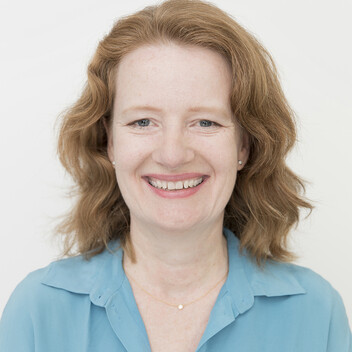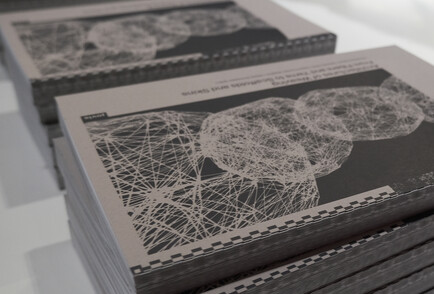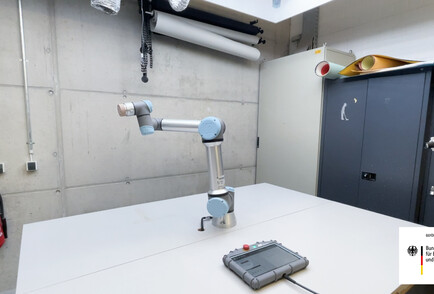Prof. Christiane Sauer
About
Christiane Sauer is an architect and since 2013 Professor for Material and Design. Her focus lies on developing new and sustainable materials for the architectural context based on textile structures, active materials and functional surfaces.
She is co-heading the research facility DXM - Design Experiment Material and had been the school`s Vice-president for networks and knowledge transfer (2017-2021). She is a principal investigator and board member of the Cluster of Excellence Matters of Activity based at Humboldt Universität zu Berlin. Her transdisciplinay research work is carried out in close cooperation with various institutions like the Max-Planck Institute for Biomaterials, Potsdam. She has been teaching internationally e.g. SCI-Arc, Los Angeles in 2016 and was an endowed Visiting Critic for Sustainability at Cornell University, NY in 2011.
As a practicing architect she worked for international firms such as Face Design New York, David Chipperfield Architects or OMA Rotterdam, where she was design architect for the Netherlands Embassy Berlin and the Prada Epicenter Store, NYC. In 2001 she founded her own firm formade - studio for architecture and materials in Berlin. She is a member of the BDA-Bund Deutscher Architekten and the Berlin Chamber of Architects.
As a contributor and consultant she has been collaborating in the field of new materials with federal, research and design institutions and authoring for leading design magazines and book publications. Her monograph “Made Of - New Materials Sourcebook for Architecture and Design” was launched in 2010, her current book “Architectures of Weaving – From Fibers and Yarns to Scaffolds and Skins” was published in 2022 and highlites interdisciplinary concepts of textility.
Approach
Design - the creation of an object, a surface or a room - is directly linked to its materiality. Every material has specific properties that influence the possibilities of its making and applying. Questioning and rethinking the way of working with material is the starting point for developing innovative concepts. Textile plays a central role here. It is not a “material” per se, but rather a technique of joining different components that develop new functional or structural properties when combined.


